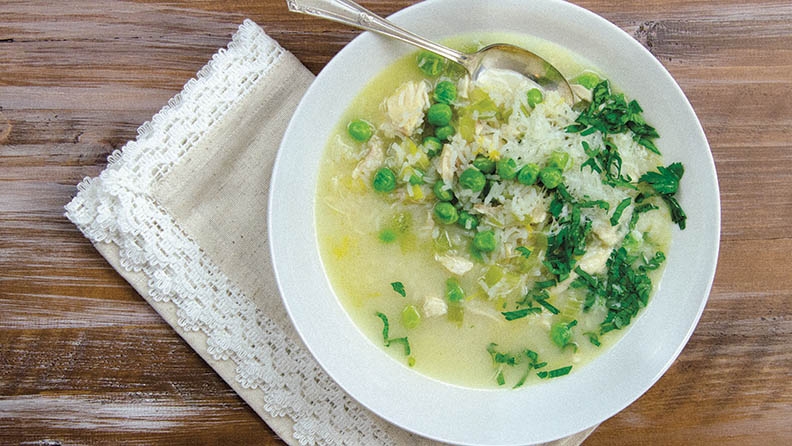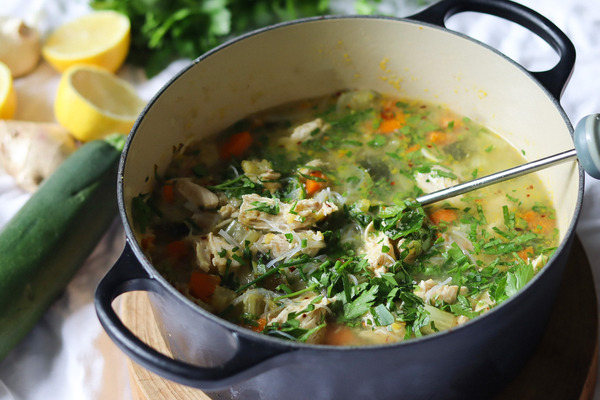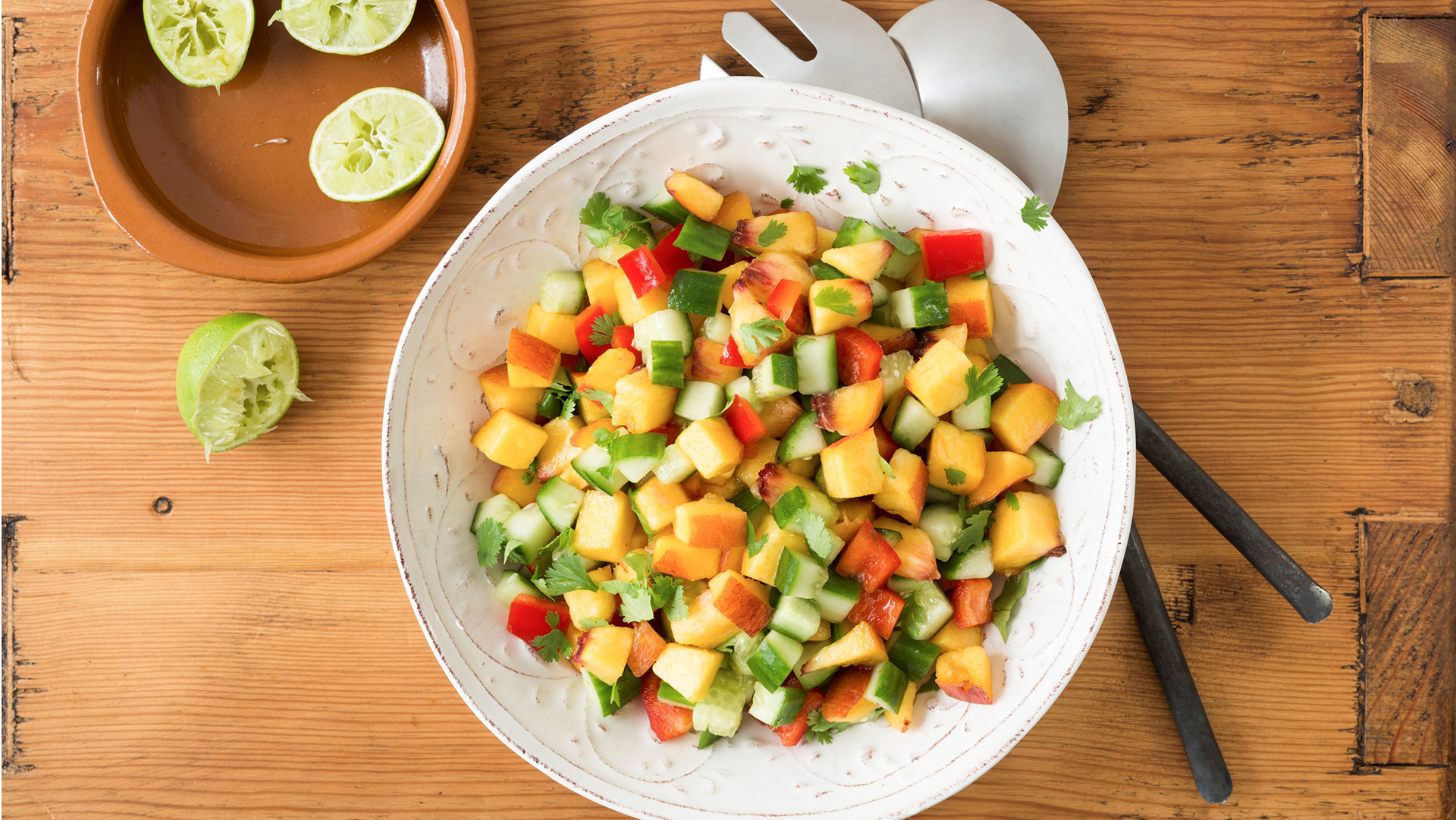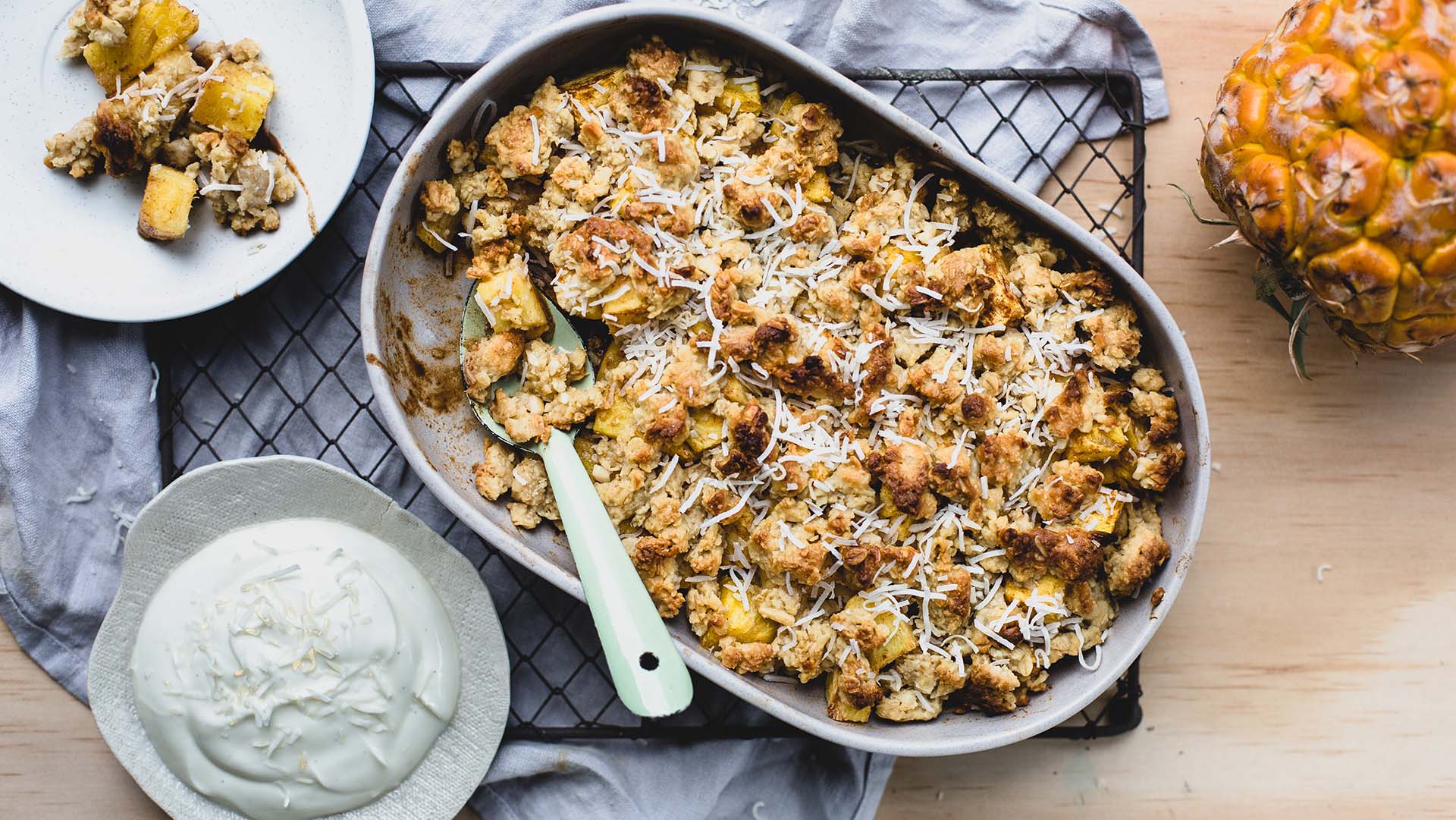-
With the onset of spring comes highly delicate flavours, with lots of crunchy crispness; everything turns more floral. It’s the time of year for light flavours, fragrant herbs and fresh produce made deliciously simple.
To help us better embrace spring ingredients, we sat down with Melbourne’s Pallet head chef Michael Valentine – a young native Queenslander who’s been in the culinary game for over 14 years. After working at esteemed restaurants Maze (under Gordon Ramsey) and The Estelle, he switched gear to cafes including Dead Man Espresso and now the popular Pallet, just off Spencer Street.
Hanging out in the very Melbourne laneway setting, we get to discussing what veggies are hitting their stride in spring. Off the top of his head Michael rattles off snow peas, peas and beans, as well as fresher, bolder herbs like dill, basil and cilantro. He also points out the key vegetables to keep an eye out for – delicate zucchinis, squash, asparagus and rhubarb.
“You should be looking at other parts of ingredients as well. Spring’s a great time for salads. Eat the leaves, the tendrils and the tops – there is a lot more to plants that you can eat than most people know,” Michael suggests.
All about asparagus
Narrowing our focus to one spring ingredient, we hone in on asparagus – the popular, versatile vegetable synonymous with the season, and one that Michael clearly has a passion for.
“It’s really about the health benefits, the flavours and the versatility,” he says. “Asparagus has a taste that tastes like nothing else, and texturally it’s quite unique, especially the skin which you can peel if you want and still have that crispness underneath.”
And the best way to prepare this springtime delight? “You can blanch it, but you don’t have to. You really don’t have to do much with vegetables like that – you can just eat them, which I prefer to. Remove a bit of the stem and just eat them, either raw or shave them very thinly.”
Best ways to cook spring veggies
Branching out into other ways we can prepare light spring veggies of this kind, Michael is quick to do away with the popular method of submerging ingredients in water.
“What you’re better off doing is focusing on using your microwaves for what they’re good for. If you want to retain the flavours, texture and nutrients of a vegetable like asparagus for example, or broccoli or broccolini or anything in those groups, the green leafy vegetables that are not too hard and dense, it’s easy – just cling film them and place them in the microwave for a minute or to your liking. What you’re doing there is steaming them in their own moisture. All of the flavour is still in there, nothing is coming off.”
Alternatively, simply pan-frying is a great way to bring out the fragrant flavours and bright colours of fresh vegetables, he says.
“You can do it on a pan, with a bit of oil, butter or fat. Get the pan hot, have something to cover it with, add the asparagus and basically you want to cook it in its own steam. It’s going to cook quickly and it’s going to be fresher, more like what it should taste like.”
The best spring vegetables

Subscribe to receive the best from Live Better every week. Healthy recipes, exercise tips and activities, offers and promotions – everything to help you eat, move and feel better.
By clicking sign up I understand and agree to Medibank's privacy policy






